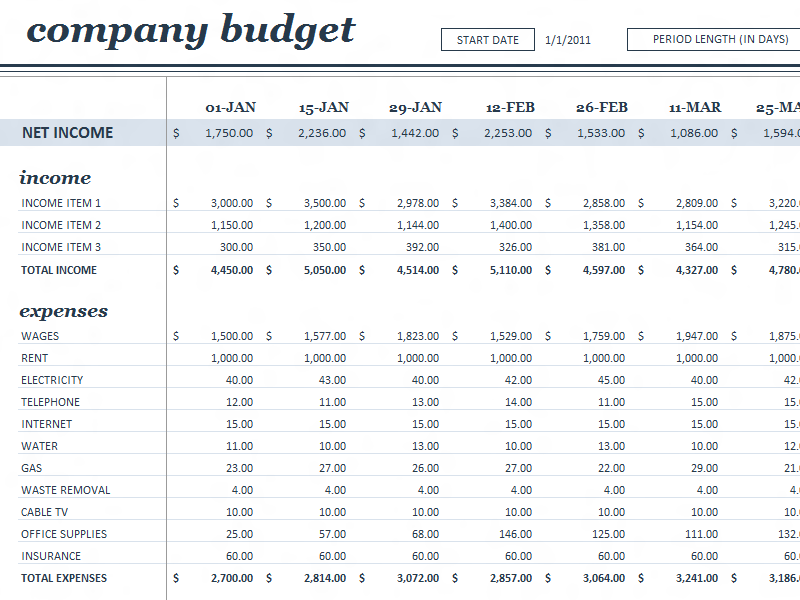

With LFL comparisons, you compare two stores with similar characteristics and omit any major outlying factors that could distort their numbers. In addition to taking a look at all the data above to make your sales forecast, you might also want to do an LFL comparison. Want to learn more about the expenses you should track in your accounting? Check out What Are Expenses in Accounting? Variable & Fixed Explained. Understanding these expenses and how they fluctuate will help you to anticipate how your expenses will change as your sales increase or decrease. These are costs that are impacted by your sales-like your COGS, payroll, and shipping costs. Variable costs: On the flip side of your fixed costs, you should gather information on your variable costs.These are the costs that you will owe regardless of your store’s performance and will not change month over month.

Often called overhead costs, your fixed costs are all your business expenses that are not impacted by your sales-like rent and utilities. Fixed costs: In addition to gathering sales data, you will also need to have a grasp of all of your fixed costs.For example, the pandemic caused you to go several months with record low sales-understanding the event that led to the sales decline helps you avoid falsely anticipating low sales numbers for the coming year. Anomalous events: So that you don’t overestimate or underestimate your budget, be sure to note any anomalous events that impacted your sales.Marketing calendar: To get an accurate picture of your sales, you need to know when you hosted sales and events that might have created a boost.Gross margin : You need to understand how much of your revenue is left after you remove all associated costs, such as labor, payroll, and your cost of goods sold (COGS).If you have multiple locations, then you want to keep each store’s sales data separate so that you can view the individual performance of each location and allocate budgets accordingly. Sales from all stores: You need to know how much your store(s) made in previous years to detect trends and make predictions about what your sales revenue could look like this year.This is a practice called sales forecasting. You can use this information to make predictions about your upcoming revenue stream so that you can set a realistic budget that keeps you in the black. The first step to creating a budget is gathering data from past years that will help you understand your business by the numbers. Step 1: Gather Data for Accurate Forecasting


 0 kommentar(er)
0 kommentar(er)
